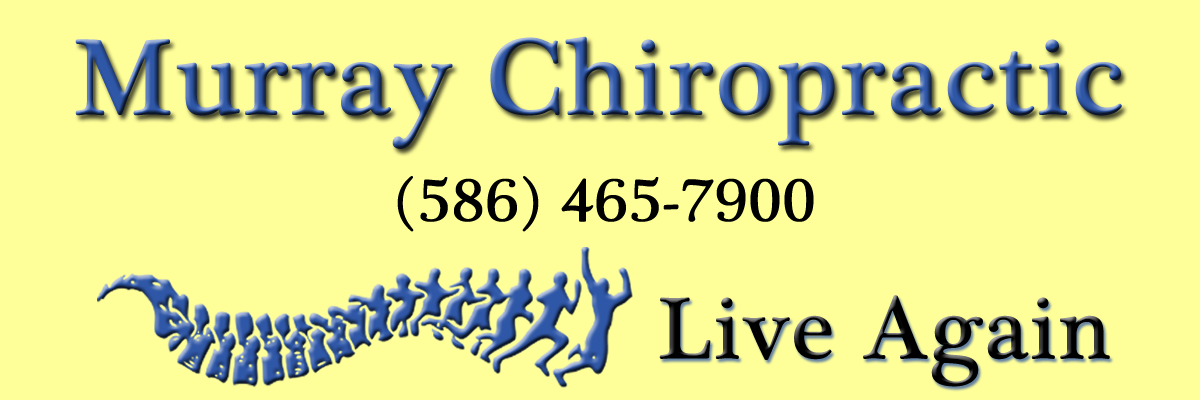References and Investigative Studies
https://nccih.nih.gov/research/results/spotlight/010312.htm
Nahin RL, Boineau R, Khalsa PS, Stussman BJ, Weber WJ. Evidence-based evaluation of complementary health approaches for pain management in the United States Mayo Clin Proceedings. September 2016;91(9):1292-1306.
We reviewed 3 randomized trials of SM for neck pain. One study assessed manipulation compared with mobilization with a 2×2×2 factorial design: with or without heat or with or without electrical muscle stimulation; no significant differences in outcomes were seen between groups. Evans et al compared SM combined with supervised exercising to supervised exercising alone and also to home exercise. After completion of the 12-week intervention, no difference was seen between SM combined with supervised exercising and supervised exercising alone; however, both these groups had significant improvement in neck pain vs only home exercise. Maiers et al assessed the efficacy of 3 treatments: (1) SM plus home exercise, (2) supervised rehabilitation exercise plus home exercise, and (3) home exercise alone. Spinal manipulation with home exercise produced significantly better reduction in pain than home exercise alone. No significant difference was seen between SM and home exercise vs supervised rehabilitation exercise plus home exercise.
There was one RCT of manual cervical distraction, a traction-based therapy with low, medium, and high forces assessed. The goal of the study was to identify a viable sham control. The study end points included pain VAS, NDI score, and a credibility and expectancy questionnaire. The investigators did report benefit in medium- or high-force interventions.
Additional information on all neck pain RCTs can be found in Supplemental Table 3 (available online at http://www.mayoclinicproceedings.org).
Cassidy J.D., Lopes A.A., Yong-Hing K. The immediate effect of manipulation versus mobilization on pain and range of motion in the cervical spine: a randomized controlled trial. J Manipulative Physiol Ther. 1992;15:570–575.
The main objective of this study is to compare the immediate results of manipulation to mobilization in neck pain patients.
The patients were compared in a randomized controlled trial without long-term follow-up.
The study was conducted at an outpatient teaching clinic on primary and referred patients.
One hundred consecutive outpatients suffering from unilateral neck pain with referral into the trapezius muscle were studied. Fifty-two subjects were manipulated and 48 subjects were mobilized. The mean (SD) age was 34.5 (13.0) yr for the manipulated group and 37.7 (12.5) yr for the mobilized group. Sixteen subjects had neck pain for less than 1 wk, 34 subjects had pain for between 1 wk and 6 mo and 50 subjects had pain for more than 6 mo. Seventy-eight subjects had a past history of neck pain. Thirty-one subjects had been involved in an injurious motor vehicle accident and 28 subjects had other types of minor trauma to the neck. There were no significant differences between the two treatment groups with respect to history of neck pain or level of disability as measured by the Pain Disability Index.
The patients received either a single rotational manipulation (high-velocity, low-amplitude thrust) or mobilization in the form of muscle energy technique.
Prior to and immediately after the treatments, cervical spine range of motion was recorded in three planes, and pain intensity was rated on the 101-point numerical rating scale (NRS-101). Both pre- and post-test measurements were conducted in a blinded fashion.
The results show that both treatments increase range of motion, but manipulation has a significantly greater effect on pain intensity. Eighty-five percent of the manipulated patients and 69% of the mobilized patients reported pain improvement immediately after treatment. However, the decrease in pain intensity was more than 1.5 times greater in the manipulated group (p = .05).
This study demonstrates that a single manipulation is more effective than mobilization in decreasing pain in patients with mechanical neck pain. Both treatments increase range of motion in the neck to a similar degree. Further studies are required to determine any long-term benefits of manipulation for mechanical neck pain.

